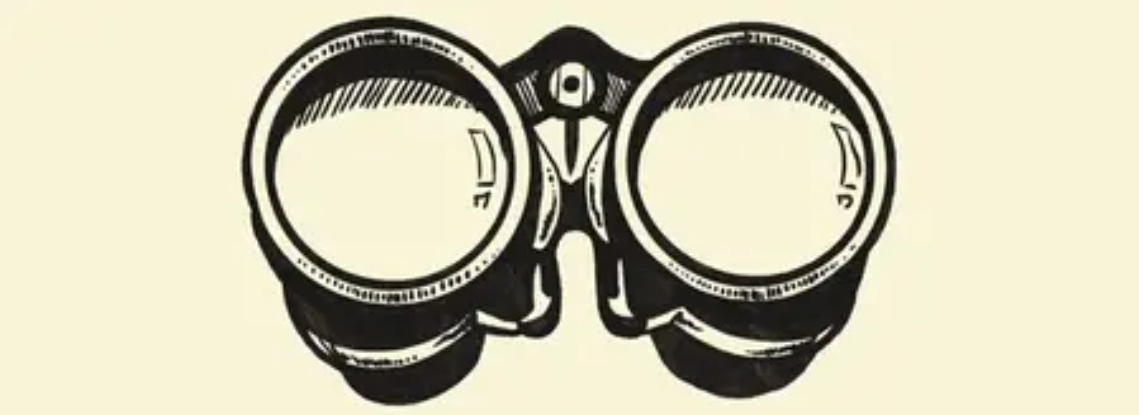Marissa Mayer is co-founder of Sunshine, an app development company that recently launched a new photo-sharing service, Shine. She was CEO of Yahoo and a longtime Google executive. Q: You started off with a contacts app and now you have a photo app. Can you explain the strategy? A: Photos and contacts go together. It’s obvious when you think about it, but the contacts you’re closest to, you tend to spend time with, and if you spend time with them in this day and age you have photos of and with them. So you can understand people’s relationships if you can look at their camera roll. And now with the beauty of AI, we can actually analyze someone’s camera roll really succinctly and have an understanding of who you spend time with, when, where and why, at least in broad brushstrokes. That’s really useful when it comes to keeping people in touch with each other, helping take those mundane, everyday touches and make them magical and really helping people feel connected to each other. Contacts are a big part of that. It was the foundation and that’s why we started there. But photos are perhaps one of the most meaningful ways that we all interact with each other. The way we all build those relationships. Q: It resonates with me because I’ve never loved social media but I do want to share with people I know. Do you see consumer tastes changing these days in the post-web 2.0 era? A: Yes, maybe. I also think that AI and our expectations from it are going to influence it. One way to think of it is if Instagram is one perfectly filtered, edited photo that you push out to everyone you know and don’t know who is in your follower base, and person-to-person photo sharing is me snapping a picture and texting it or air dropping it to you, Shine tries to sit in that space in between. The ‘okay, I was just somewhere with 10, 20, 50 people. And it was an interesting night, but I didn’t kind of want to take myself out of the moment and take a photo. But I know I took some, they took some, let’s just make a big photo pool of what that trip, party, conference, event felt like.’ That’s really the space we’re trying to occupy. There’s not a lot happening in that space. I refer to it as smart, small-scale sharing. The early social networks and early social media tried to fill that space. But then people would join, they wouldn’t see a lot of the people there that they wanted to share with. So they looked for who is famous, which is why you suddenly started to get these counts into the millions for celebrity followers. But at the same time, celebrities are interesting, but so are your friends, families and your close contacts and they’ve got stuff going on in their lives that they want to share with you, too. That’s really the space we want to play in. I think Snapchat showed this in a different way — you can share in a way that’s a little bit less perfect, and a little bit temporary and in the moment. There’s something really powerful about that.  Elijah Nouvelage/Reuters Elijah Nouvelage/ReutersQ: As somebody who started out in symbolic systems, do you geek out on the architecture of these AI models? A: The thing that I’ve found the most surprising and delicious in all of this is symbolic systems. Symbolic systems at Stanford is a unique major. It’s basically cognitive psychology with a really heavy CS bent. But the actual makeup of the major is cognitive psychology: How do people learn? Philosophy: How do they reason? Linguistics: How do they express themselves? And computer science: Can you create a computer that can learn reason and express itself? I was fascinated by this in the mid 90s. Both my degrees at Stanford are in the concentration or a specialization in AI for my bachelor’s and my master’s, respectively. I thought that was very interesting and there’s all these symbolic systems. We see that thread, learn, reason and express yourself. I loved computer science from the very first time I coded. I didn’t know much about linguistics. I understood it was important for the intelligence to express itself, but my focus and I will say overall, the industry’s focus, has over the past decade or two, been much more on learning. Building the models, reinforcement learning, all of the different techniques that go into building a modern day model right now, and then deploying those models, giving them new things to reason about and see how they perform. That’s where all the energy is gone. And the big surprising thing that happened with OpenAI and ChatGPT, at least for me, was that expression piece, that linguistics piece, that was perhaps under-appreciated in that cycle of symbolic systems is what captured everyone’s imagination, the fact that it can talk and express itself and write in a way that you can understand and feels really intelligent. The fact that Dall-E can draw these wonderfully complicated pictures that would take an artist days or weeks to express. That really captured the imagination. So it’s funny because for a long time, I didn’t understand and kind of discounted that expression piece. And in this moment, it’s that expression piece that has been the big unlock for AI, and really helping everyone see its potential. For the rest of the conversation, including the walled gardens of Big Tech that Mayer would like to break down. → |
| 





